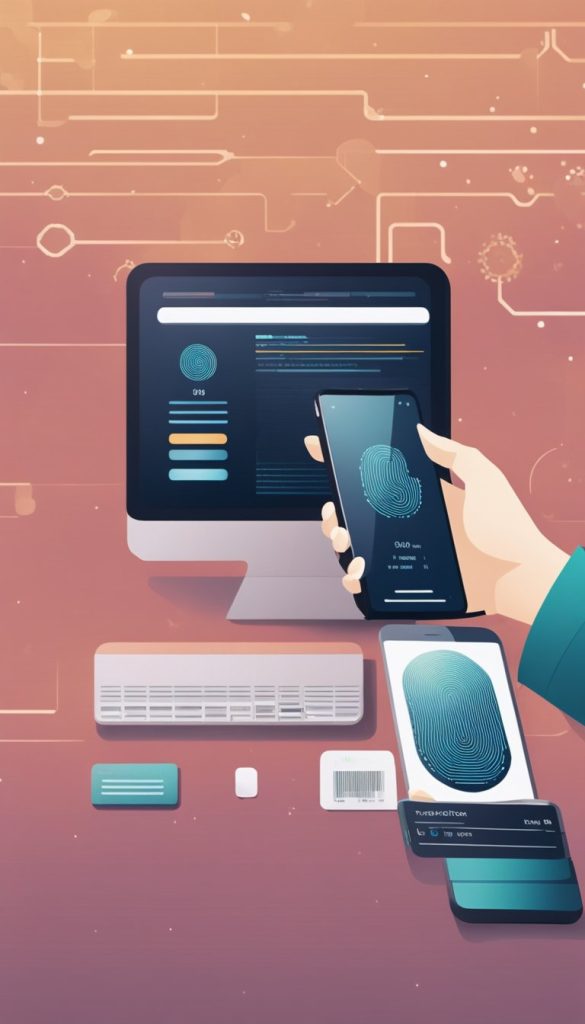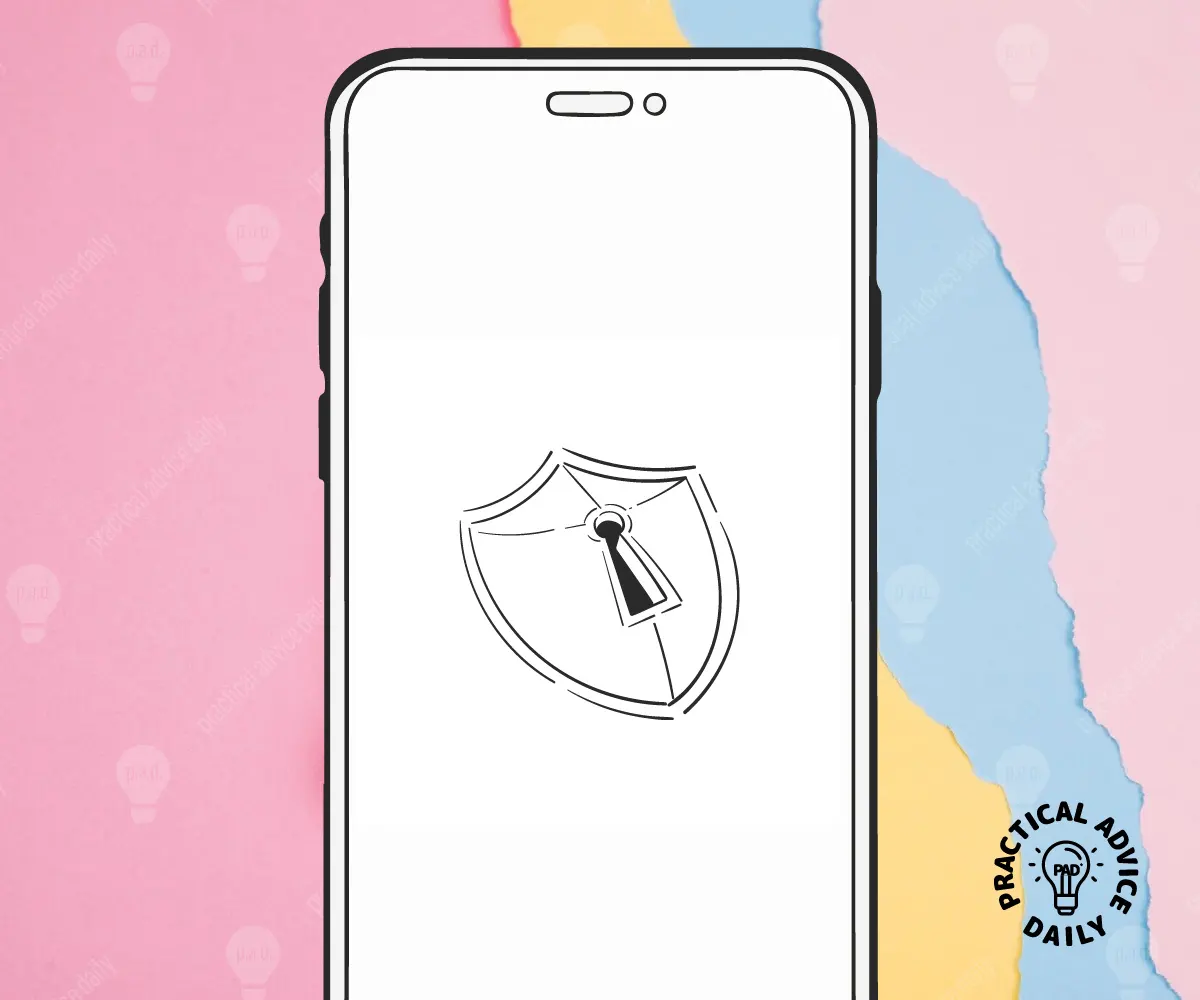Your iPhone is more than just a phone; it’s a tool that helps you connect with friends and family, access important information, and capture memories. Just like you lock your front door to keep your home safe, it’s essential to protect your iPhone too! Here are six easy tips to help you keep your device secure and your information private.
Table of Contents
1. Set a Strong Passcode
One of the simplest ways to protect your iPhone is by setting a strong passcode. Here’s how to do it:
- Open the Settings app: Look for the gear icon on your home screen and tap it.
- Scroll down and tap on “Face ID & Passcode” or “Touch ID & Passcode”: This option will depend on whether your iPhone uses Face ID (face recognition) or Touch ID (fingerprint).
- Tap “Turn Passcode On”: Follow the prompts to create a passcode. Choose something that is easy for you to remember but hard for others to guess. A mix of numbers and letters is best!
Setting a strong passcode helps keep your personal information safe if someone finds or steals your phone.
2. Enable Face ID or Touch ID
Face ID or Touch ID makes it even easier to unlock your phone securely without having to type in your passcode each time.
- Still in the Settings app, tap on “Face ID & Passcode” or “Touch ID & Passcode.”
- Follow the prompts to set up Face ID or Touch ID if you haven’t already. This way, you can use your face or fingerprint to unlock your phone quickly and securely.
3. Keep Your Software Up to Date
Just like keeping your car serviced, keeping your iPhone’s software updated is crucial for its security. Software updates often include important fixes for any vulnerabilities.
- Open the Settings app and tap on “General.”
- Tap on “Software Update.” If an update is available, tap “Download and Install.” Follow the prompts to complete the update.
Try to check for updates regularly. This helps your iPhone run smoothly and keeps your information safer.
4. Be Cautious with Apps
Apps are fantastic for adding new features to your iPhone, but it’s important to be careful about which ones you download.
- Only download apps from the App Store: The App Store checks apps for safety. Avoid downloading apps from unknown sources or websites.
- Check app reviews: Before downloading, look at the reviews to see what other users have said about the app. If many users report problems, it’s best to steer clear.
Being selective about your apps helps protect your personal information and keeps your iPhone running smoothly.
5. Use Two-Factor Authentication
Two-factor authentication adds an extra layer of security to your accounts. This means that even if someone has your password, they can’t access your account without another piece of information.
- Go to Settings and tap on your name at the top.
- Select “Password & Security.”
- Tap “Two-Factor Authentication” and follow the prompts to set it up for your Apple ID.
This way, you’ll be notified if someone tries to access your account, keeping your information even safer.

6. Be Wary of Public Wi-Fi
Using public Wi-Fi is convenient, but it can also expose your information to risks. Whenever possible, try to avoid logging into sensitive accounts, like online banking, while on public Wi-Fi.
- If you must use public Wi-Fi, consider using a VPN (Virtual Private Network). This adds extra protection by encrypting your internet connection, making it harder for anyone to access your data.
Final Thoughts
Taking these simple steps can greatly enhance the security of your iPhone and protect your personal information. Remember, it’s about creating habits that keep you safe while you enjoy the benefits of technology. If you ever feel uncertain, don’t hesitate to ask a family member or friend for help! Your iPhone is a powerful tool—let’s keep it that way.
